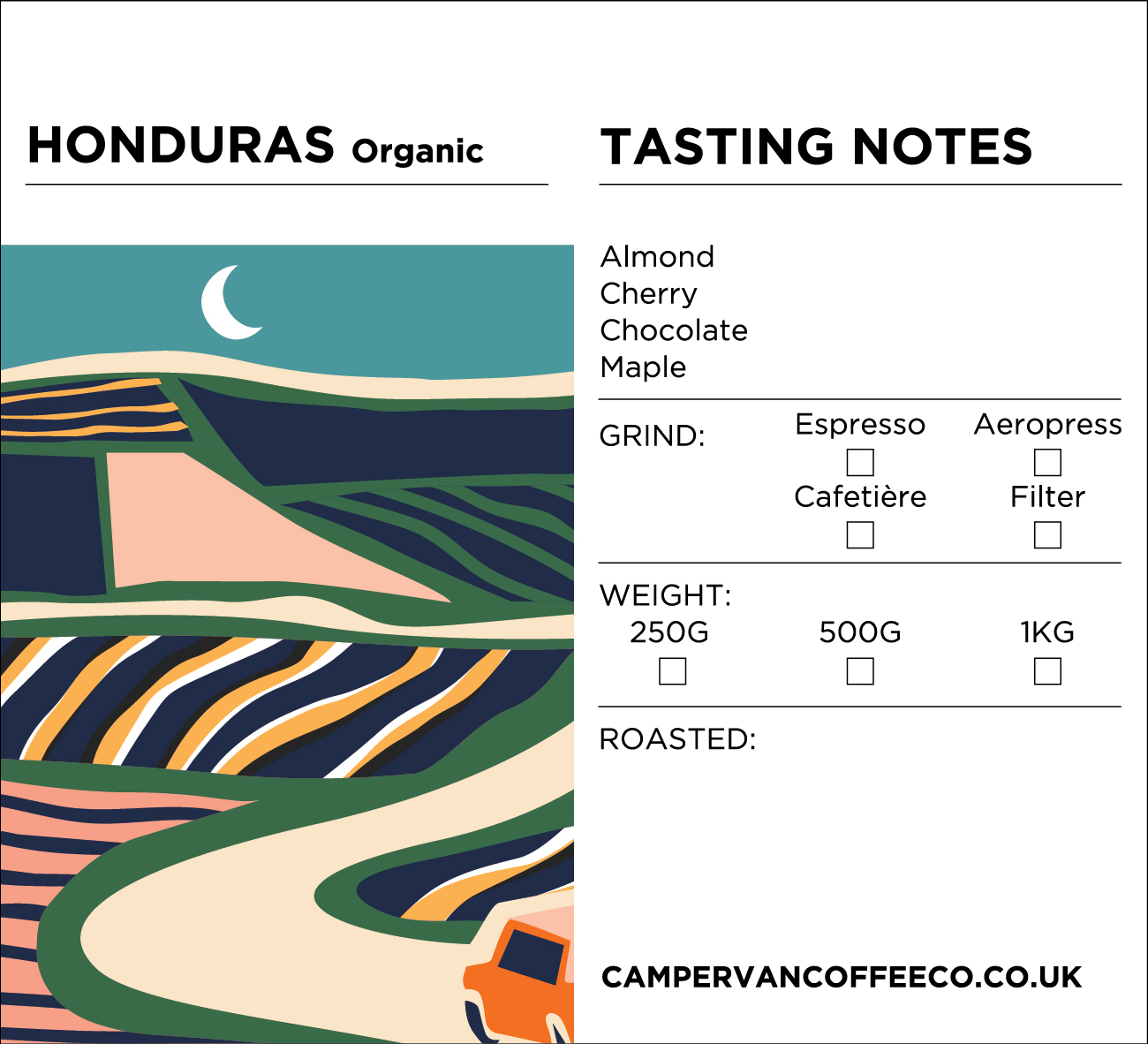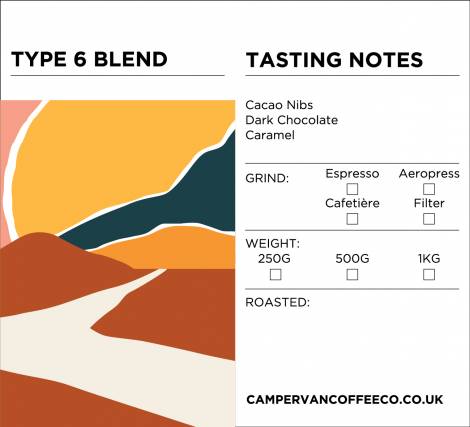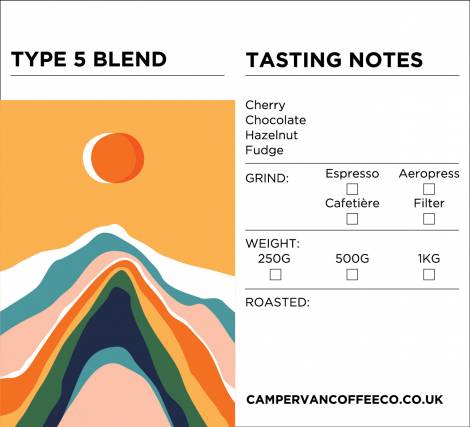Description
Location: San Marcos, Ocotepeque
Altitude: 1530 – 1690 masl
SCA Score: 83
Size: 56 hectares, 28ha as coffee
Varietals: Paraneima, Pacas, Catuai, IHCAFE90, Typica
Harvest: December – March
Certifications: Organic
Finca Liquidámbar is named for the trees native to the area and similar to maple which are found across the property. Being deciduous, they are not used for shade but form part of the overall makeup of the property alongside avocado and oranges as crops, and copalchi (a native tree) used to stop soil erosion and act as a wind barrier. Fifteen hectares remain dedicated to forest and are not farmed.
Created in 2014 by a group of six friends predominantly involved with Cocafelol, including Ludwin Aguilar and Delmy Regalado, beneficial practises here are also used there. As friends, they have oriented themselves so that their coffee is known for its social and environmental treatment, which is why their efforts are focused daily on achieving this purpose.
Experiments around pulp-developed compost processed by Californian red worm were started on the farm. The mucilage is used to make products that serve as foliar fertilizer to the farm. These experiments with organic fertilizer have been so successful they have brought the technique to Cocafelol Cooperative and rolled them out to other organic coffee producers. Learnings from here have also been shared with other farms in other countries.
Having a mix of varieties on the farms as a way of increasing genetic diversity and therefore crop security is important. Varietals are grown on different plots dependent on the aspect and conditions paired with the needs of the plant. For Liquidambar, Paraneima is the best of the best.





Sarah –
Has a warming smooth taste, smells amazing when used , leaves the most pleasant rich flavour in your mouth. Highly recommended